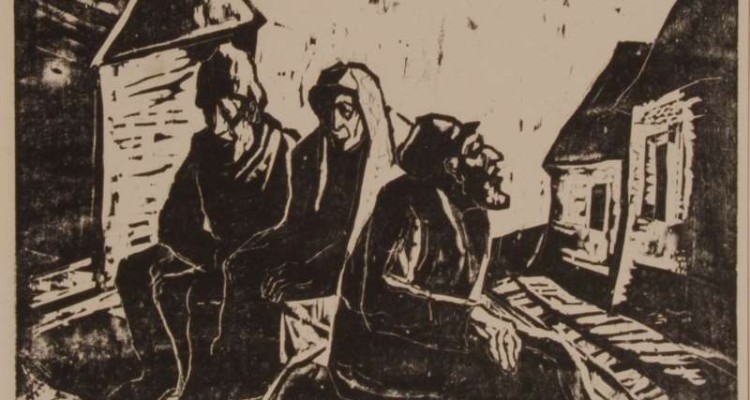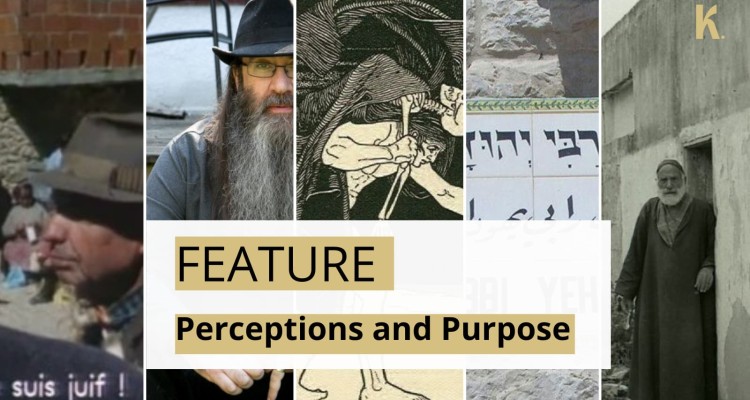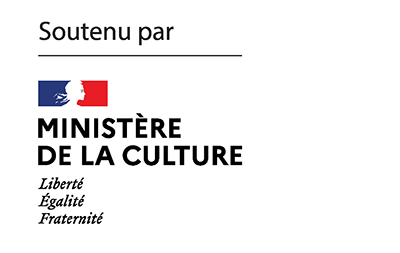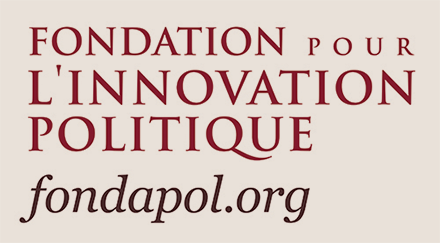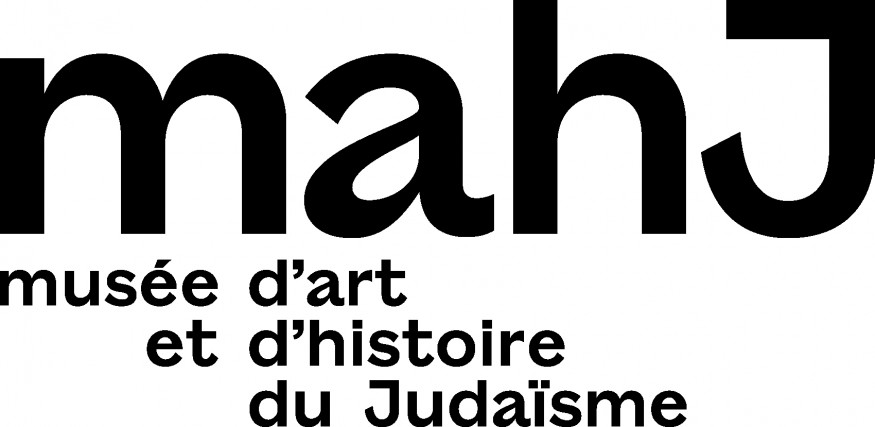K. opened a space for discussion and debate that focuses on the condition of European Jews and uses it as a lens to rethink the European situation. It is founded on the diagnosis of a double crisis, evidenced by antisemitism and concern about the continued presence of Jews in Europe on the one hand, and the difficulty for Europe to define its political horizon on the other. It takes as its starting point the conviction that, without being conflated, the two crises are linked and must be dealt with together. This text is an expanded version of the manifesto published in the first issue.

The long 19th century was the century of Jewish emancipation in Europe. The movement had several foci and spread in all directions. From the French Enlightenment, to the German version of the Aufklärung, to the Haskala – the Jewish Enlightenment which took off in Germany and spread to the East – the barriers began to totter, and then finally fell. Thus the Jews entered the modern turn of European history. This process eventually integrated them into modern states, first in Western Europe and then in the center. The French Revolution kicked off the process, abruptly emancipating the Jews, before emancipation was imposed in the Netherlands, Great Britain, and gradually in Italy, Austro-Hungarian Empire and Germany, which was in the process of unification. Further east, in the large area dominated by the Empire of the Tsars, from the Baltic to the Black Sea – Poland, the Baltic States, Ukraine, Belarus, Romania – where the Jewish population was the largest and densest, the route was considerably harderjm. It took a much more sinuous path, alternating timid beginnings and brutal regressions, until the situation was changed by the Soviet revolution.
Over a fairly long period of time, which coincided for the Jews with their becoming modern, their condition in Europe was therefore disparate. It was in keeping with the divisions of the continent, where constitutional monarchies, republics, and empires in the process of reform, or stubbornly stuck in a semi-feudal state, coexisted. Several figures stood out in this variegated space. On the one hand, there were nationalized Jews, that is to say “Jewish individuals,” citizens integrated into their states and enjoying civil, political and social rights on an equal footing with other citizens. At the other extreme, there were Jews who were still part of the traditional communities which had been structured in the Middle Ages and whose forms, though weakened, persisted. These were considered collectively as subjects of the sovereign, suspended from privileges temporarily granted and protections always retractable, which exposed them to forced displacement and persecution. Finally, a number of Jews emerged who were neither: they were revolutionaries, with revolution taking on different forms in their case. They were either oriented toward a Jewish national revolution within a European framework or towarda a world revolution in which they would be a part – the polarity admitting a whole range of intermediaries and compositions. Within this triangle, the profiles still varied according to the fields of activity which the increasing social mobility had considerably broadened. Modern Jewish scholars rubbed shoulders with traditional Jewish students; workers, peasants, entrepreneurs in science, the arts, industry and finance populated this large group whose contours were increasingly difficult to define. All these figures coexisted, mutated, interpenetrated, contaminated each other, sometimes separated and opposed each other harshly. Thrusts of assimilation and conversions alternated with returns and readjustments, also of very different kinds. In all its aspects, the Jewish world contributed to making Europe vibrate.
*
The 20th century saw the European continent self-destruct through two world wars. Nations clashed and the fall of empires came to an end. However, it can be said that this century made several caesura for the Jews.
The Great War was the first. It was unprecedented in that it divided the Jews into opposing camps, in a way they had not known before. The front lines which tore apart the European space took on a curious meaning for them: they forced them to think of their commitment in terms of the nationalization which had affected them all, but which had taken on different, even antagonistic meanings, depending on the country in which they found themselves. For the first time, Jews were confronting other Jews as enemies in a conflict that concerned them all, and which they no longer regarded as a scene imposed on them from outside and alien to their own history. It was then the meaning they gave to the fact of being national Jews – “French Jews” or “German Jews”, but also English, Italian, Austrian or Russian, with each time a required positioning – that was replayed in the ordeal. For all of them, and not only for the most lucid, a new kind of self-examination and a new way of relating to Europe were emerging. The result was a crisis of Jewish consciousness, marked by an intensification of the most contradictory tendencies. In particular, the revolutionary currents became more pronounced, among which Zionism had already taken its place. Never, except in the interwar period, had positions been so divided among the people. For the same reason, it was also at this time that the Jewish question in the modern sense reached its most acute formulation, if one considers it as the question that every Jew necessarily asks himself where the hazards of exile have thrown him.
The Second World War represented another, deeper break, whose implications were the opposite of the previous one. The division and splintering was followed by the most brutal unification. Nazi Germany, allied with some of the political forces in Europe, waged a war of extermination against all Jews, without distinction, wherever they were and whatever their condition. It was not only social status and class differences that lost their significance, but also national differences, and thus the very movement by which the Jews had become modern and European. The Holocaust equalized the Jews among themselves by separating them from all other citizens wherever Germany was able to extend its domination. It equalized them in that, from then on, all were targeted and doomed to the same fate, without exception, that is to say, as one and the same people. The scene, in modernity, was again unprecedented: a people suddenly left the national frameworks in which it had been embedded to find its transnational unity in the face of the potential target and the current victim. It was inevitable that, in retrospect, European nationalization would be tainted, to say the least. What else did it mean to the Jews than a false promise, a false prelude to their destruction? One thing was certain: never again could the emancipation it had claimed to achieve be perceived with the same ebullience. In any case, as long as it was confined to Europe.
Then came the birth of the State of Israel, the delayed result of the Zionist utopia, precipitated at the end of the war by the disappearance of two-thirds of the continent’s Jewish population, and the need to find a place of their own, safe from persecution. Here too, there was obviously a break. But this one was very different. For this time, disparity and equality were combined without contradicting each other. The rest of the people, that is to say, the survivors who were basically all the European Jews, were divided into two blocks: the rest of the Jews who remained in Europe, and the flow of Jews who left. For the departing Jews, Israel was not the only possible destination, nor perhaps even the most sensible one from a strictly pragmatic point of view. But it had the advantage of being properly Jewish, and thus of making the unity of the people tangible in exactly the opposite form to that which had just been experienced through Nazi homogenization. It represented the practicable alternative to the European national solution, which had represented for the Jews the risk of their complete destruction. But Israel is not what the Zionist dream of the early days had projected, the gathering of all the people on the same land. It is one of the Jewish centers, distinct from the other centers by the openness it represents for all, the option of security it offers to all the Jews dispersed in the world, and thus diversely nationalized in their respective states. Israel and the Diaspora thus form the modern bipolarity of the Jewish world, whether one is a Zionist or not. This is the objective configuration of the experience of all Jews, which articulates their plural nationalities and conditions with their new equalization, in a very particular relationship. All of them, too, can join the Jewish state if they want to and if they feel the need to.
The Holocaust and the creation of the State of Israel were linked together in the space of a few years, as two events which, both separately and together, challenged both the traditional history of the Jews and the history of the non-Jewish nations. However, they were simply extensions of two trends that had been growing throughout the nineteenth century: the emergence of a modern, militant anti-Semitism, of which Nazism was ultimately the culmination, and from which the formulation of the Zionist solution in the West had proceeded; and the emergence of a modernized Jewish national consciousness in Eastern Europe, which oscillated between a European Jewish national solution (based on the rights of national minorities) and the Zionist solution. Between East and West, a synthesis had finally taken place. The Holocaust had plunged the Jews into the same condition, it had as it were erased the significant differences. The State of Israel reversed this condition, but without denying its equality. Moreover, it did so by allowing the Diaspora to persist without ceasing to be itself, that is, by continuing, in spite of what had happened, the dynamics of emancipation in modern nations. And so, especially, in Europe.
The result was a conditional revival, called for lucidity and vigilance, but also for commitment to Europe and in Europe. The rest of European Jewry could, at new costs and with the help of new coordinates of which Israel, whatever one might like to call it, is a part think of itself as Jewish and European, and resume its trajectory – which it did in particular in France, whose Jewish demography increased as a result of the waves of decolonization and the integration of North African Jews in the 1960s – and participate in the common work of nations in the process of rebuilding and integration.
*
Today, we are called upon to re-diagnose the situation in the light of these three successive caesuras which still define our condition as European Jews. For it is not only the history of the Jews, but the history of Europe which has reached a critical moment which calls for re-examination.
As far back as its emergence can be traced, Europe has always been a continent with blurred contours. In the seventeenth century, it acquired a coherence in the form of a balance of competing forces within the so-called Westphalian framework, and this form remained in spite of the incessant conflicts that constantly cropped up. But Europe was already something else, at least since the Renaissance, namely an imaginary territory and an ideal of existence. Modernity, between the 18th and the 19th centurlrs, brought together the imaginary and the real, modifying them both by the new synthesis that it offered them. It is the sense taken by the States-nations of Europe, political entities which know themselves carried away in the same civilizational movement of cultural integration and social and political democratization. Many regressions, deviations and failures have marked this movement. Nationalisms, alliances and counter-alliances, colonial expansion and power politics have finally led to disaster, but neither the common ideal nor the effort to converge has sunk. Europe as the soil of modernity has remained an active representation beyond the trials and denials. It draws an attainable horizon, a certain idea of humanity that manages to amalgamate peaceful association, development of human creativity, rational thought, generalized prosperity, liberation from all subjection and respect for human rights. By becoming a political union of unprecedented size, functioning as an attractor for those States that recognize themselves in its project and as a legislative power of a higher degree imposing itself on them, it has entered a new era, from which something like permanence seemed to flow.
Since the 1990s, the opposite has been happening. As constitutionalization proceeds, the attraction wanes. Reluctance is turning into denial, criticism is hardening into rejection, in some cases leading to secession. Everyone agrees that the crisis we are witnessing today is profound. It is that its effects extend to the fundamental representations that we had never stopped feeding on and with the help of which we thought we had overcome the flaws of the past.
In this unstable and fragile situation, the “we” of the Jews of Europe stands out as a collective united by a point of view on what is happening before our eyes. Ten million in 1939, the Jews were less than four million in 1945, followed immediately by the decline due to the post-war departures. Since then, their numbers have continued to diminish, with the exception of a few phases of repopulation, more or less marked depending on the country. The fall of the Soviet Union in 1989 marked yet another sudden decline, and since the early 2000s, regular departures, in more modest proportions, have affected Western Europe without interruption. At the end of the day, we are in the presence of a numerically reduced “us” – around one and a half million – but which nonetheless, through its historical roots and its internal diversity, stems from all the European experiences combined. Jewish and European, the diffuse awareness that this group has of itself is inseparable from the way it thinks about Europe. Few in number in the East (with the exception of Hungary) and in the Balkans, still numerous in France and in a Great Britain which is now drifting away from the continent, persistent in Italy, abundant with unexpected contributions in Germany and Austria, or in the process of complete depopulation in Scandinavia, the Jews are like seismographs. Yesterday as today, they capture and analyze the tremors of Europe, seeking to prevent the earthquakes which they know from experience will hit them first, before the other Europeans.
They also feel with particular acuity the need to carry out a general diagnosis of our time, in order to project themselves into a future which, in this part of the world, remains indeterminate for all, whether one is Jewish or not. Undermined by the disillusionment which the departures reflect, the Jews are like the meeting point of a crisis which affects them only because it is that of Europe itself. But this does not happen without the past resurfacing. If the correlation between the destiny of the Jews and the destiny of Europe is replayed in the crisis, it is inevitably the memory of the Holocaust that resurfaces in the eyes of all and is projected into the present. Installed at the heart of historical consciousness, experienced by all as a trauma, this memory is now having paradoxical effects. It seems to turn against the Jews themselves, the exception that the Holocaust constitutes appearing as a source of supposed privileges. Among these privileges, the existence of the State of Israel now appears, stripped by a disoriented critique of its rank as defender and shelter for persecuted Jews. The State of Israel, whatever the judgment on its policy, thus remains inexorably in the orbit of Europe. Projected out of Europe, it remains the point where Europe looks at itself.
*
The 21st century began with the double crisis of a Europe threatened with disintegration, and the possible end of the Jewish presence on the continent, a possibility that is whispered about and to which opinion finds it difficult to relate without shivers. Such is the strange time we are all living in. Frozen between the impossibility of moving forward without endangering the frameworks of democracy and the impossibility of retreating to outdated forms of national belonging, Europe is in a dead end. For the Jews, both directions appear immediately as impracticable. Through their crisis, they join the culmination of the crisis of Europe. This is why diagnoses, often carried out within national, compartmentalized frameworks, are clearly no longer appropriate to the times. The gaze must be immediately focused on the European level, the national and local configurations being overdetermined by the overall perspective in which the Jewish point of view spontaneously becomes anchored.
Is it not the very logic of exile that is expressed here, once again, in a modern context? The Jews have declined their exile in a very specific way, unprecedented in their own history, precisely by belonging to Europe. By holding on to Europe, they hold on to themselves. Perhaps this is what distinguishes them from any other collective of belonging that Europe understands today.
Tradition, since the very first exile, had assigned the Jews to think of themselves as a remnant. Knowing that a remnant is not a residue, but rather the ferment of a reconstituted life, the element, however small, for which persistence, the fact of lasting and maintaining oneself, is invested with its own necessity and becomes a resource of meaning. This meaning has taken on a multitude of meanings over the long history of Jewish communities in Europe. The accumulation of the European experiences of the Jews makes them, to use an image of Israel Zangwill, like the tenants of a palace of which they have explored all the rooms. We can then agree to recognize this characteristic: they are in a position to perceive the benefits and the pitfalls, and to instill knowledge wherever they can.
The Editors
Translated from the French by Daniel Solomon
